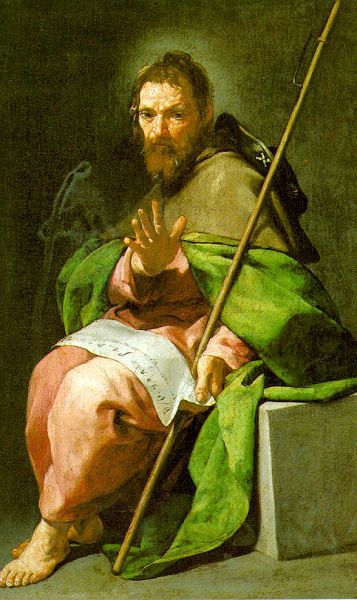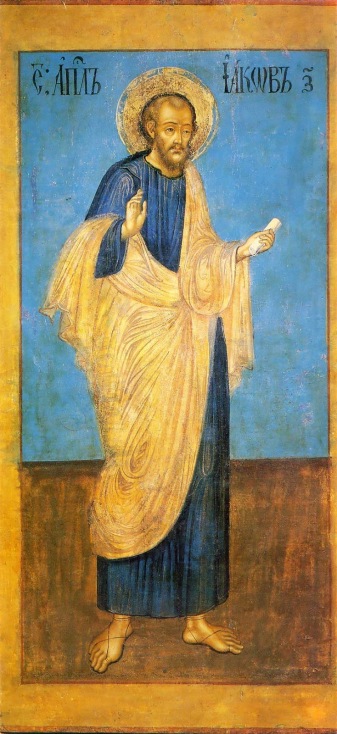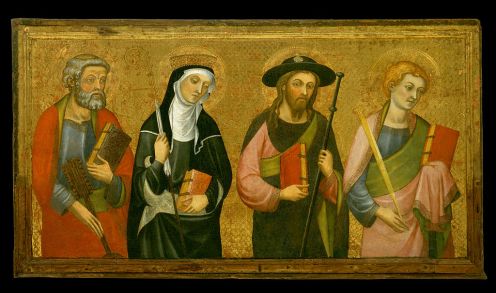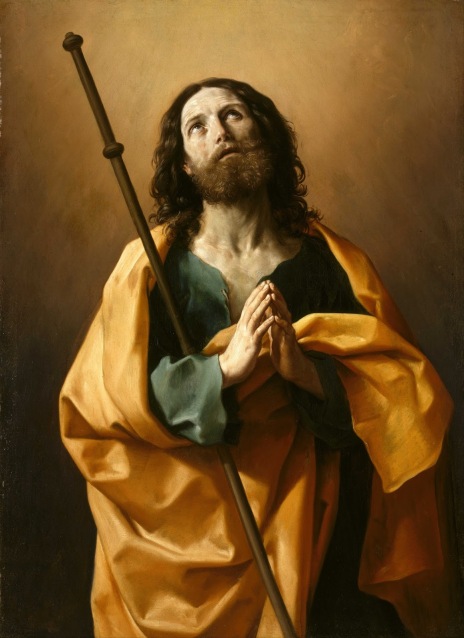I wrote recently with some ideas for guiding principles about how we might create a canon of art for Roman Rite churches and schema that would guide the placement of such images in a church. Read it here.
I now plan on a series of articles describing the key elements of images of the saints of the Roman Canon – Eucharistic Prayer I – and the major feasts of the year. My hope here is by doing this is that it will stimulate interest in some of you in seeing the realization of such schemes of art in your church. As I say in my article (referred to above), the goal beyond this is to engender as well, a manner of worship in which the faithful engage fruitfully with holy images in the course of participation in the liturgy.
This is quite a big project, and so I don’t expect to do the whole thing in the course of one year. I don’t know if I have the time to do the research and writing for the complete set in that time, but I will do the best I can. I am heartened by the fact that even that tireless blogger, New Liturgical Movement’s Shawn Tribe, two years elapsed between his feature The Saints of the Roman Canon, Part 1 and its reprise The Saints of the Roman Canon, Part 2!
Anyway, so here we go…
Today, August 25th, is the Feast of St James the Greater, the Son of Zebedee.
The images of St James are simple and it would not be easy to recognise him in images – except that in order to be worthy of veneration the name of the saint should appear on or beside every image! In a traditional iconography, he is depicted bearded with short, brown curly hair. He was martyred only 10 years after the Resurrection and is ordinarily not seen with grey hair to indicate that he did not live to old age. He holds a scroll, which is an indication of divine wisdom. In Western images, the equivalent might be also the holding of a book. The icon below is a late 18th century icon.
In Western images, he is often depticted with longer hair, still brown and curly, and holding the pilgrim’s staff. The staff is a reference to the tradition that he visited Santiago de Compostela which is, as many will know, a pilgrimage site. To this day many people every follow all or part of the Way of St James from France to the final destination in Spain.
Here is a 14th century depiction painted by Pere Serra who lived and worked in Catelonia in Spain. We see, from the left, St Peter, St Clare, St James and St John the Evangelist.
Below is one of my favourite images of him, painted by the baroque master, Guido Reni.
Here is a 15th century Spanish statuette in stone, followed by a painting by the Spanish baroque master, Alonso Cano.





